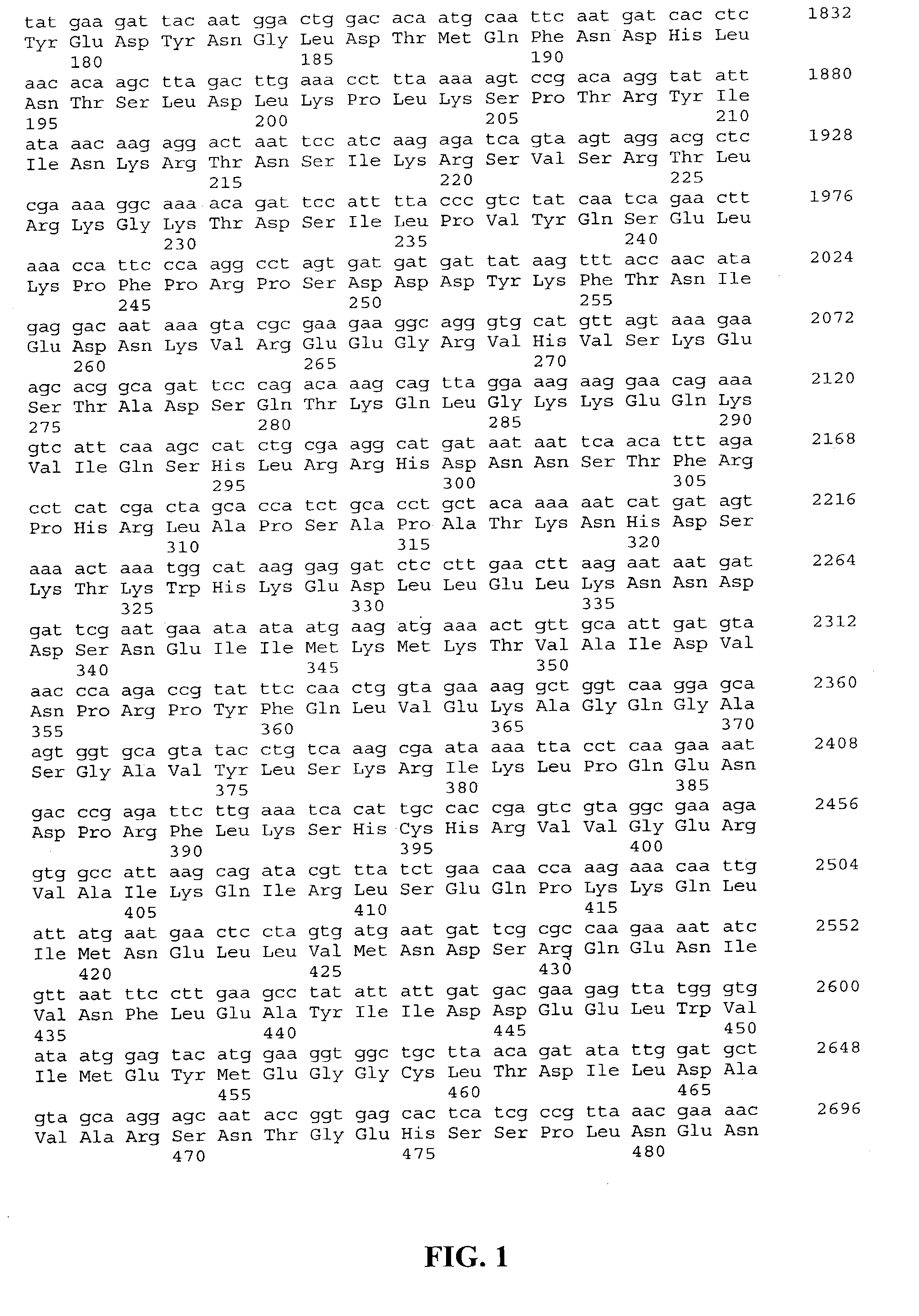Methods of using glucan synthase pathway reporter genes to screen for antifungal compounds
a reporter gene and glucan synthase technology, applied in the field of using glucan synthase pathway reporter genes to screen for antifungal compounds, can solve the problems of substantial illness and economic loss, loss of human and animal life, and increased risk of immunocompromised patients
- Summary
- Abstract
- Description
- Claims
- Application Information
AI Technical Summary
Problems solved by technology
Method used
Image
Examples
Embodiment Construction
[0053] The present invention relates to methods of using nucleotide sequences from the promoter region of at least one of seven S. cerevisiae genes whose expression is an indicator of the inhibition or modulation of the glucan synthase pathway in S. cerevisiae. This invention envisions using at least one target polynucleotide sequence, each target polynucleotide sequence being operably linked to the promoter region of one of the seven glucan synthase pathway reporter genes, to screen chemical libraries and natural products for molecules which can be used as antifungal agents for use against a variety of fungal pathogens. This invention also envisions using the methods of the invention to assay the efficacy of and / or specificity of antifungal agents, and / or to monitor the activity of the glucan synthase pathway.
[0054] As used herein, a reporter gene for the glucan synthase pathway is any gene for which a change in expression of its encoded RNA or protein is indicative of a change in...
PUM
| Property | Measurement | Unit |
|---|---|---|
| concentrations | aaaaa | aaaaa |
| concentrations | aaaaa | aaaaa |
| diameter | aaaaa | aaaaa |
Abstract
Description
Claims
Application Information
 Login to View More
Login to View More - R&D
- Intellectual Property
- Life Sciences
- Materials
- Tech Scout
- Unparalleled Data Quality
- Higher Quality Content
- 60% Fewer Hallucinations
Browse by: Latest US Patents, China's latest patents, Technical Efficacy Thesaurus, Application Domain, Technology Topic, Popular Technical Reports.
© 2025 PatSnap. All rights reserved.Legal|Privacy policy|Modern Slavery Act Transparency Statement|Sitemap|About US| Contact US: help@patsnap.com



